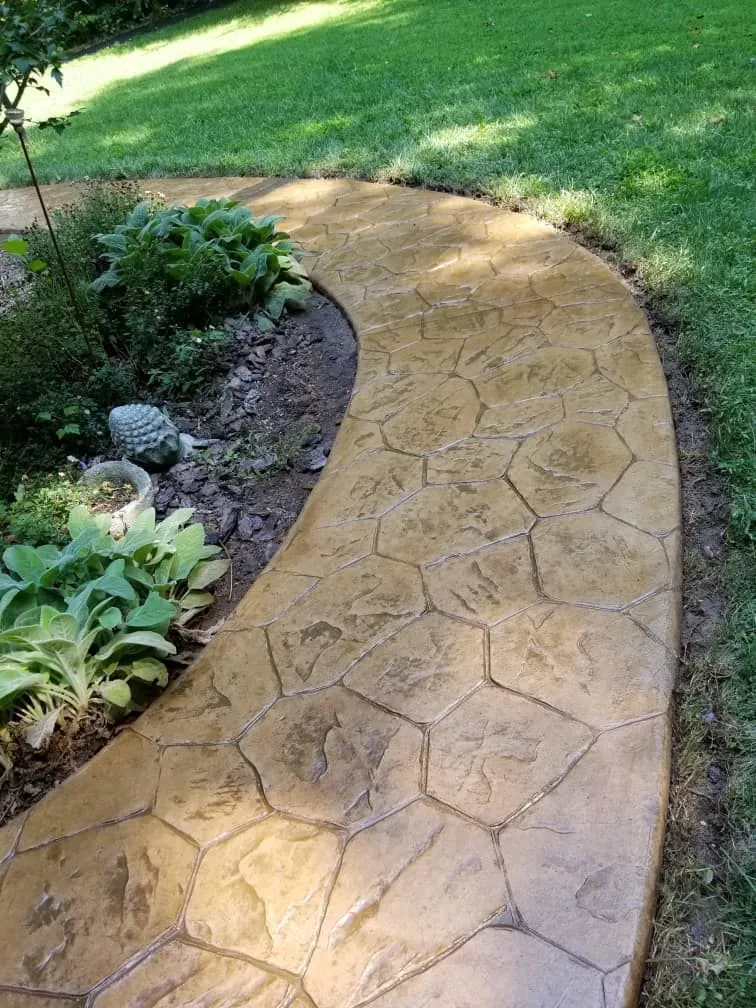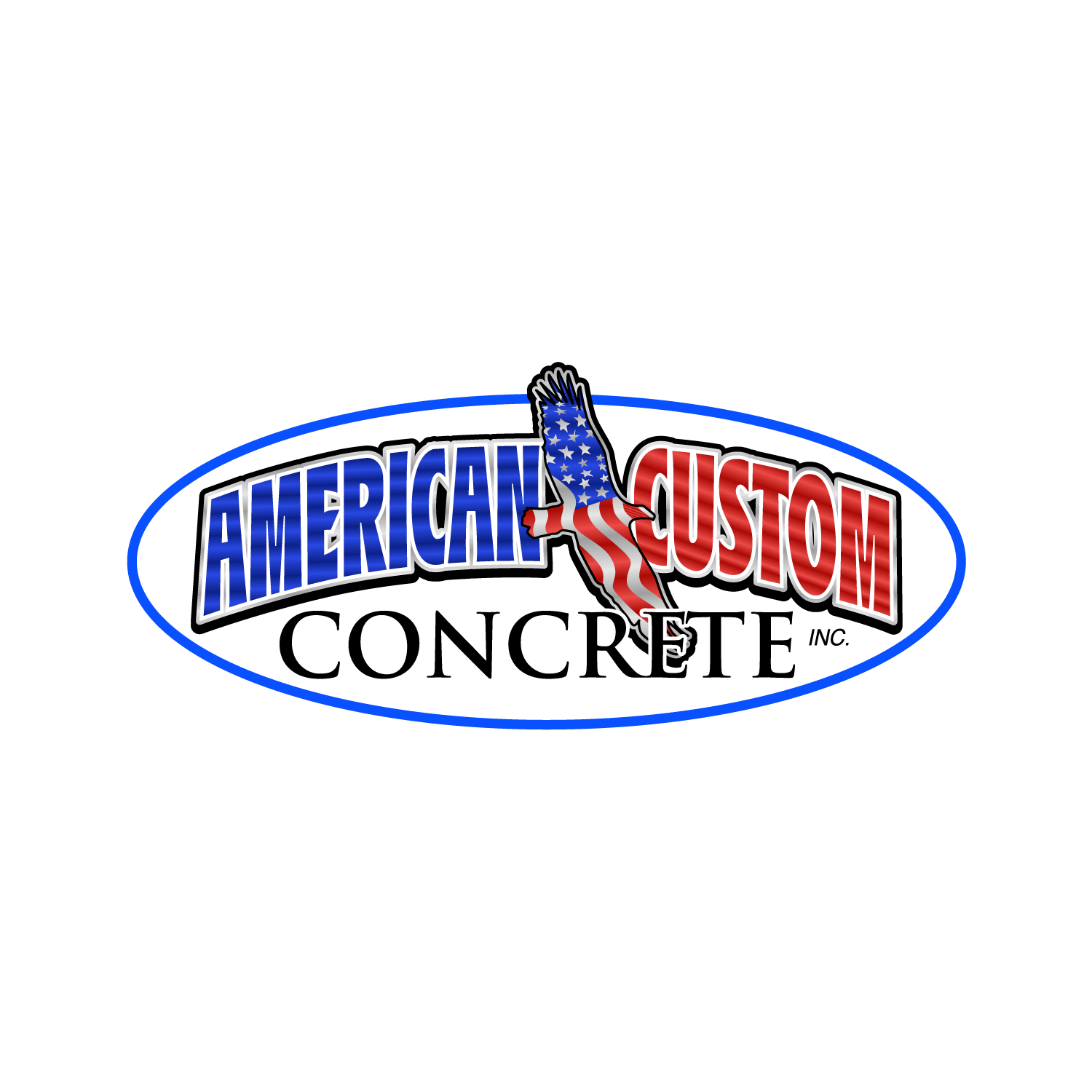
Hardscaping vs. Landscaping: What’s the Difference?
When it comes to enhancing the beauty and functionality of outdoor spaces, two key terms often come into play: hardscaping and landscaping. While they may seem similar, they serve distinct purposes in creating a well-rounded outdoor environment. Understanding the differences can help homeowners and designers make informed decisions when planning their outdoor projects.
What is Landscaping?
Landscaping focuses on the living elements of an outdoor space—plants, trees, shrubs, flowers, and grass. It’s all about working with nature to create a vibrant, lush environment. Landscaping includes:
- Planting and maintaining greenery
- Designing gardens and flower beds
- Laying sod or seeding grass
- Installing irrigation systems
- Adding natural features like ponds or waterfalls
Landscaping transforms a yard into a living, breathing oasis. It requires ongoing care and attention, as plants need water, sunlight, and pruning to thrive. The goal of landscaping is to create a natural, inviting space that complements the surrounding environment.
What is Hardscaping?
Hardscaping, on the other hand, involves the non-living elements of outdoor design. It incorporates man-made features that provide structure, utility, and aesthetic appeal. Examples of hardscaping include:
- Patios and decks
- Walkways and pathways
- Retaining walls
- Fire pits and outdoor fireplaces
- Fences, pergolas, and arbors
- Stone, brick, or concrete features
Hardscaping often serves a functional purpose, such as providing seating areas, delineating spaces, or improving accessibility. Unlike landscaping, hardscaping elements are typically low-maintenance and built to last, making them a durable investment for outdoor living.
Key Differences Between Hardscaping and Landscaping
| Aspect | Landscaping | Hardscaping |
|---|---|---|
| Focus | Living elements (plants, grass) | Non-living structures |
| Materials | Soil, mulch, plants, water | Stone, concrete, wood, metal |
| Maintenance | Regular upkeep (watering, mowing, pruning) | Minimal once installed |
| Purpose | Aesthetic and environmental | Functional and structural |
| Lifespan | Seasonal changes affect appearance | Long-lasting durability |
The Perfect Balance
A truly stunning outdoor space blends hardscaping and landscaping elements to create a harmonious design. For example:
- A stone patio (hardscaping) surrounded by colorful flower beds (landscaping) offers a functional yet visually appealing area for relaxation.
- Retaining walls (hardscaping) can support terraced gardens (landscaping), combining utility and natural beauty.
The key is to strike a balance. Too much hardscaping can make a space feel cold and uninviting, while an overabundance of landscaping may lack structure and practicality.
Choosing the Right Mix
When planning an outdoor project, consider your goals and lifestyle. Are you looking for a low-maintenance yard or a lush garden that requires attention? Do you need functional spaces for outdoor dining and entertaining, or are you focused on creating a serene retreat?
Consulting with professionals can help you design a space that combines the best of both worlds. Whether it’s a cozy fire pit area surrounded by native plants or a modern walkway leading through a manicured garden, the right mix of hardscaping and landscaping can elevate your outdoor living experience.
Hardscaping and landscaping are two sides of the same coin, working together to create outdoor spaces that are both functional and beautiful. By understanding the differences and how they complement each other, you can design a space that suits your needs, enhances your property, and provides lasting enjoyment.
